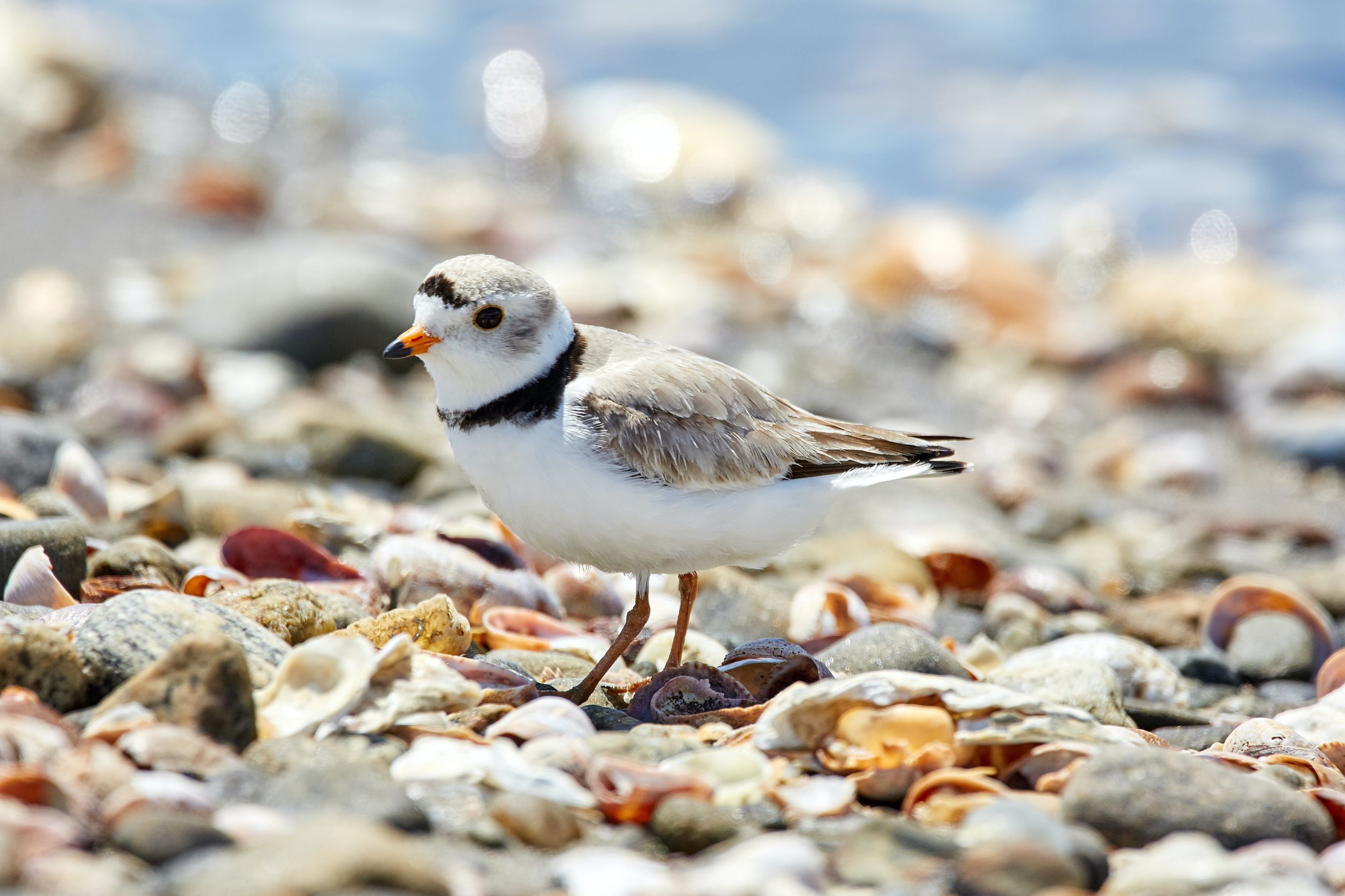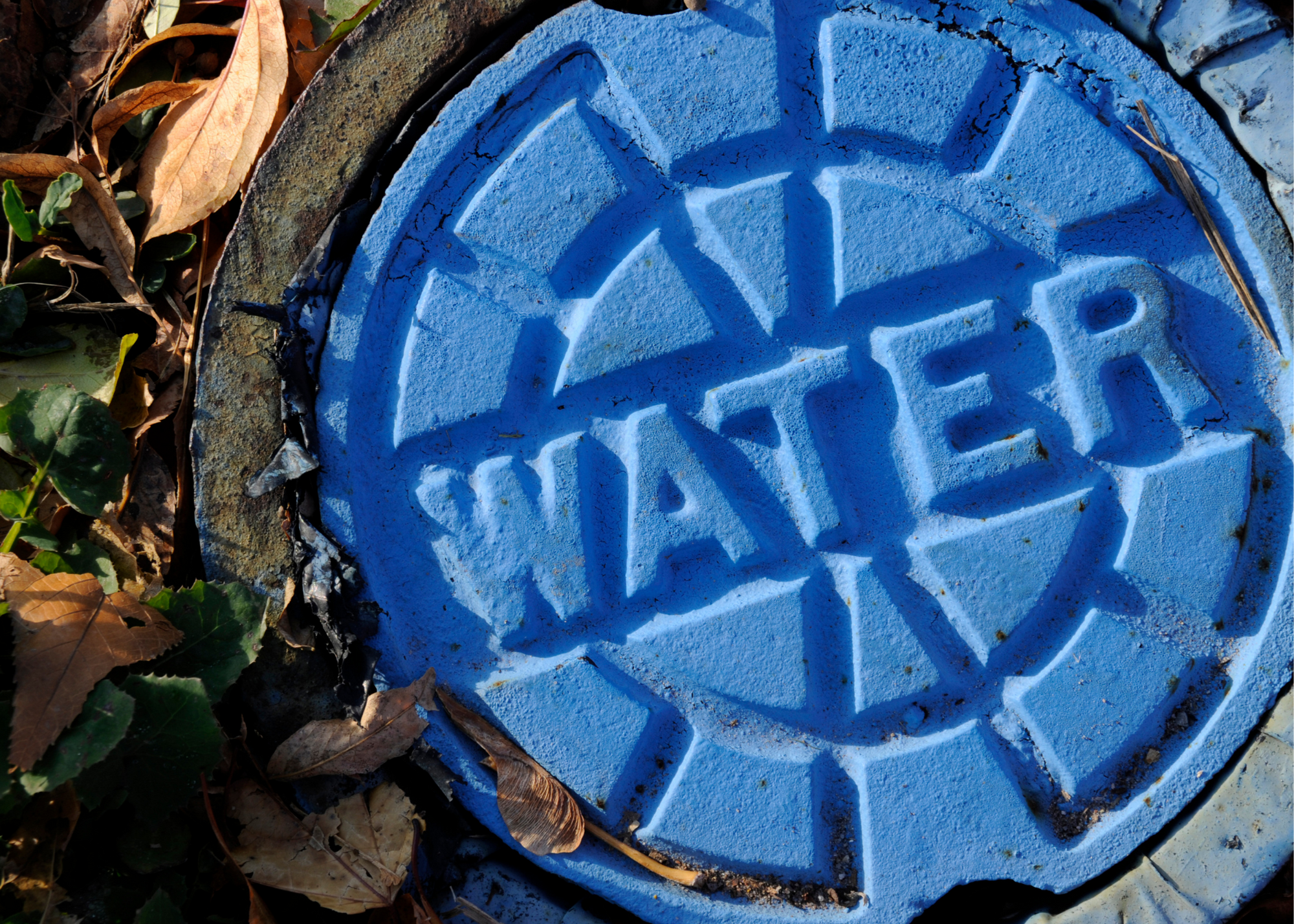
The Latest from the Coalition
On this page you can find the latest news from the Coalition, including stories of restoration successes, profiles of ongoing clean water issues, policy updates, and press releases.
Aquatic Habitat Helps Lake Ontario Fishery
Building spawning beds in two Lake Ontario bays are helping native fish species as well as threatened lake sturgeon recover.
Building Green Infrastructure for the Protection of Ecosystems and Communities
Restoring natural areas with native plants will help the city of Grand Marais absorb storm water and reduce flooding and runoff pollution into Lake Superior.
Mitigating Invasive Species and Restoring an Urban Tree Canopy
Planting over 200 trees is cooling neighborhoods thereby protecting public health, as well as soaking up rain water to mitigate flooding in communities.
Community Engagement, Collaboration Restores Wetland Habitat in Calumet Region
Restoring wetlands in northwest Indiana helps reverse loss of vulnerable marsh birds, supports clean water and engages the community in the area’s beautification.
Protecting People from Toxic Fish in Illinois
Analysis of fish from Lake Michigan for toxic PFOS will aid in more accurate fish consumption advisories, protecting human health.
Cleaning Up an Important Community Resource—The St. Louis River Area of Concern
The St. Louis River is known as an “Area of Concern” (AOC)–one the most environmentally degraded areas in the Great Lakes region. Cleanup is estimated to be completed by 2030 as a result of a funding influx from the Infrastructure Investment and Jobs Act. To learn more about the importance of St. Louis River AOC cleanup work in his area of the river—Munger Landing—we spoke to Mike Casey, a local advocate.
Public Engagement and Great Lakes Restoration
The Great Lakes region has 43 Areas of Concern (AOCs). Each AOC has a group of community members who provide their expertise to discussions of cleanup and their time to related volunteer activities. To learn more about this important form of public engagement, we spoke to activist and organizer with Sierra Club Michigan, Erma Leaphart.
Getting the Lead Out in Milwaukee
The majority of Wisconsin’s lead poisoning cases are from Milwaukee’s north and south sides, where the local populations are predominantly Black and Brown. From this crisis, Milwaukee has also become home to a grassroots collective working to get the lead out of the city: The Coalition on Lead Emergency (COLE).








